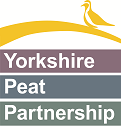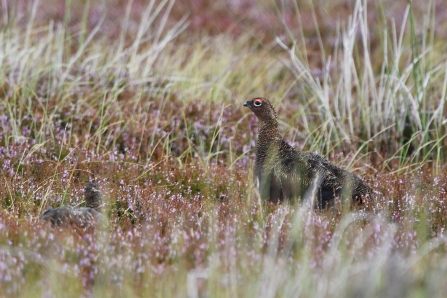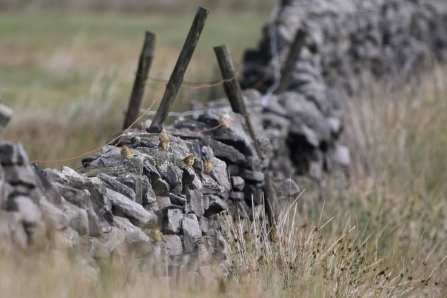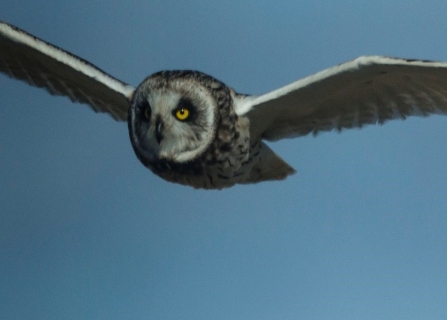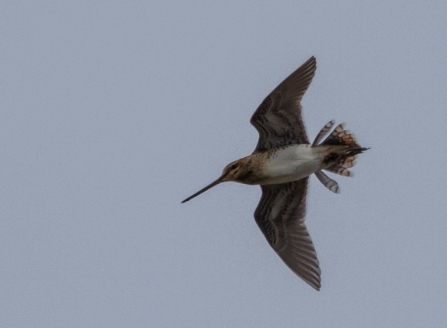You don’t automatically think of the noise of a blanket bog; in fact quite often there is no noise. When there is, however, it is fantastic - the sound of the skylark, high above the fell, singing its little heart out; the curlew, calling on the wind as if to beckon you to embrace its world; the golden plover is mysterious and haunting - a faint whistle that appears from nowhere and disappears as quickly. These are just some of the delights that our upland birds bestow on our moors.
Obviously, not all the year is graced with birdsong. As the seasons progress, the birds subtly change - yes there are some residents, but also some welcome visitors.
